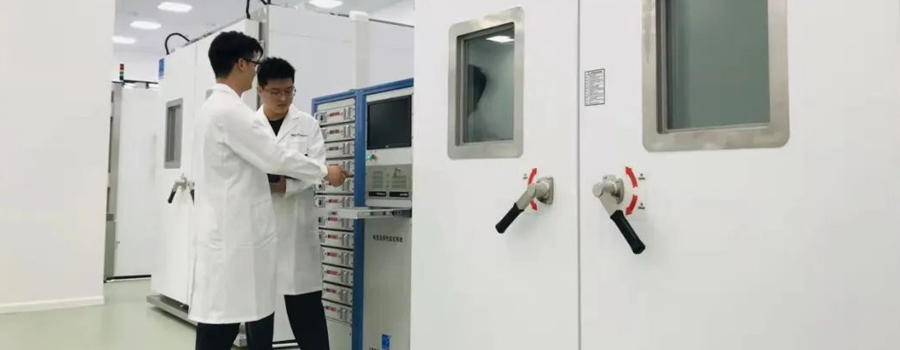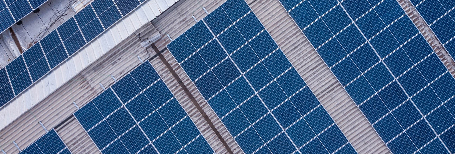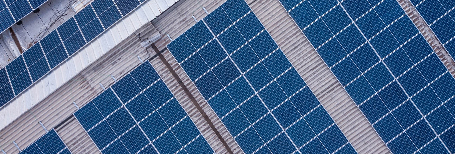
pv power station technical due diligence refers to a series of investigations on the equipment quality, construction quality, power generation performance and potential risks of the target power station during the acquisition, investment and financing process. it is one of the most important links in the acquisition and merger process, and also an important risk prevention tool in the acquisition and operation process. in the process of investigation, professional experience and expert resources are usually used to form an independent perspective to evaluate the merits of merger & acquisition as a decision support for the management. from the perspective of the acquirer, due diligence is an indispensable means to deeply study the specific situation of the project and identify the investment value of the investment object. due diligence can help investors reduce risks and better obtain stable income, and also enable high-quality photovoltaic power plant assets to gain more attention in the transaction and financing links.
as a professional photovoltaic inspection, testing and certification service organization, noa has been approved by certification and accreditation administration of the people's republic of china (cnca) (cnca-r-2002-51), china national accreditation service for conformity assessment laboratory accreditation (cnasl11261) and inspection agency accreditation (cnas ib0786), china inspection body and laboratory mandatory approval (cma), can conduct independent and detailed due diligence on the technical design, aging, quality, safety and performance of photovoltaic systems, from project compliance data verification, project design evaluation, engineering construction quality, actual installed capacity, key equipment performance, power generation capacity evaluation and prediction, consumption, epc and other technical contract review, problems existing in the power station, defect repair plan, technical transformation cost input and income analysis, etc. deploy to provide clients with comprehensive technical due diligence investigation and assessment reports.

as a professional third-party service organization for photovoltaic testing, noa has been approved by certification and accreditation administration of the people's republic of china (cnca) (cnca-r-2002-51), china national accreditation service for conformity assessment laboratory accreditation (cnasl11261) and china inspection body and laboratory mandatory approval (cma) accreditation. with the service experience of many power plant projects, noa provides technical due diligence of photovoltaic power plants, which aims to determine the functions of photovoltaic projects, help stakeholders balance the benefits and risks of investment, and evaluate the potential return on investment of power plants.
1. service content
1. on-site assessment
2. consistency assessment
3. power generation audit
4. design review
5. equipment failure inspection
6. inspection of key components
7. system efficiency assessment
8. pv power station data integrity check
2. reference standards
1. iec 62446-1:2016 amd1:2018 amendment 1 - photovoltaic (pv) systems - requirements for testing, documentation and maintenance - part 1: grid connected systems - documentation, commissioning tests and inspection
2. cnca/cts 0004-2009a technical specification of grid-connected pv inverter
3. cnca/cts 0016-2015 guideline of performance testing and quality assessment for grid-connected pv power plants
4. cnca/cts 0004-2010 basic acceptance requirements for grid-connected pv systems
5. gb/t14549-1993 quality of electric energy supply--harmonics inpublic supply network
6. gb/t 50796-2012 code for acceptance of photovoltaic power project
7. gb 50794-2012 code for construction of pv power station
8. gb 50797-2012 code for design of photovoltaic power station
9. nb/t 32006-2013 test code for power quility of photovoltaic power station
1. how is the annual power generation standard method of photovoltaic power plants calculated?
calculation formula: ep=ha×paz×k÷g, where:
ep: on-grid power generation (kw h);
ha: total annual solar radiation on the horizontal plane (kw·h/m2);
paz: system installed capacity (kw);
g: standard test condition irradiance, 1000w/m2;
k: the comprehensive efficiency coefficient is a correction coefficient after considering the influence of various factors, including:
(1) pv module temperature correction coefficient;
(2) correction coefficients for the tilt angle and azimuth of the photovoltaic array;
(3) the stability of equipment operation and the availability of photovoltaic systems;
(4) light utilization rate;
(5) inverter efficiency;
(6) loss of collector line and step-up transformer;
(7) correction factor for surface contamination of photovoltaic modules;
(8) pv module power attenuation correction factor, etc.
this calculation method is the most comprehensive, but it is a challenge for non-senior photovoltaic practitioners to select an appropriate comprehensive efficiency coefficient. generally speaking, according to the actual situation of the project, the value of k is between 75%-85%.
calculation formula: ep=ha×s×k1×k2, where:
ha: total solar radiation on the inclined plane (kw·h/m2);
s: is the total area of the module (m2);
k1: module conversion efficiency, generally calculated according to the declared value of the module factory;
k2: overall system efficiency.
the comprehensive efficiency coefficient k2 is a correction coefficient after considering the influence of various factors, including:
(1) plant electricity, line loss, etc.
the loss of ac and dc distribution rooms and transmission lines accounts for about 3% of the total power generation, and the corresponding reduction and correction factor is taken as 97%.
(2) inverter efficiency loss
the inverter efficiency is generally 95%~98%.
(3) operating temperature loss of photovoltaic modules
as the temperature of pv modules increases, their efficiency decreases. generally speaking, for every 1 degree increase in operating temperature of crystalline silicon photovoltaic modules, the power decreases by about 0.4%.
(4) loss of other factors
in addition to the above factors, other uncertain factors that affect the power generation of photovoltaic power plants include the loss of unusable solar radiation, the reduction of the maximum power point tracking accuracy, and the grid consumption. the corresponding reduction and correction factor is generally taken as 95. %.
this calculation method is a variation of the first method, and is suitable for projects with inclined angle installation, as long as the inclined surface irradiance is obtained (or converted according to the horizontal irradiance: inclined surface irradiance = horizontal surface irradiance/cosa) , more accurate data can be calculated.
calculation formula: ep=h×p×k1, where:
p: system installation capacity (kw);
h: local standard sunshine hours (h);
k1: the overall efficiency of the system (value 75%~85%).
this calculation method is also a variation formula of the first method, which is simple and convenient, and can calculate the daily average power generation, which is very practical. this method requires the estimator to know the local meteorological conditions.







tel: 86-400 821 5138
fax: 86-21 3327 5843
email:noa@noagroup.com